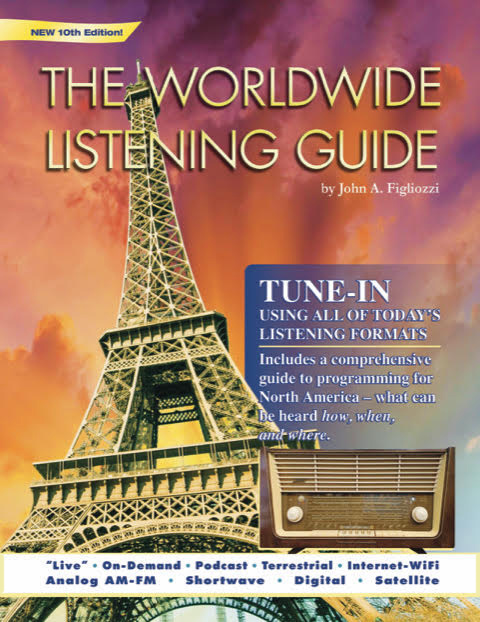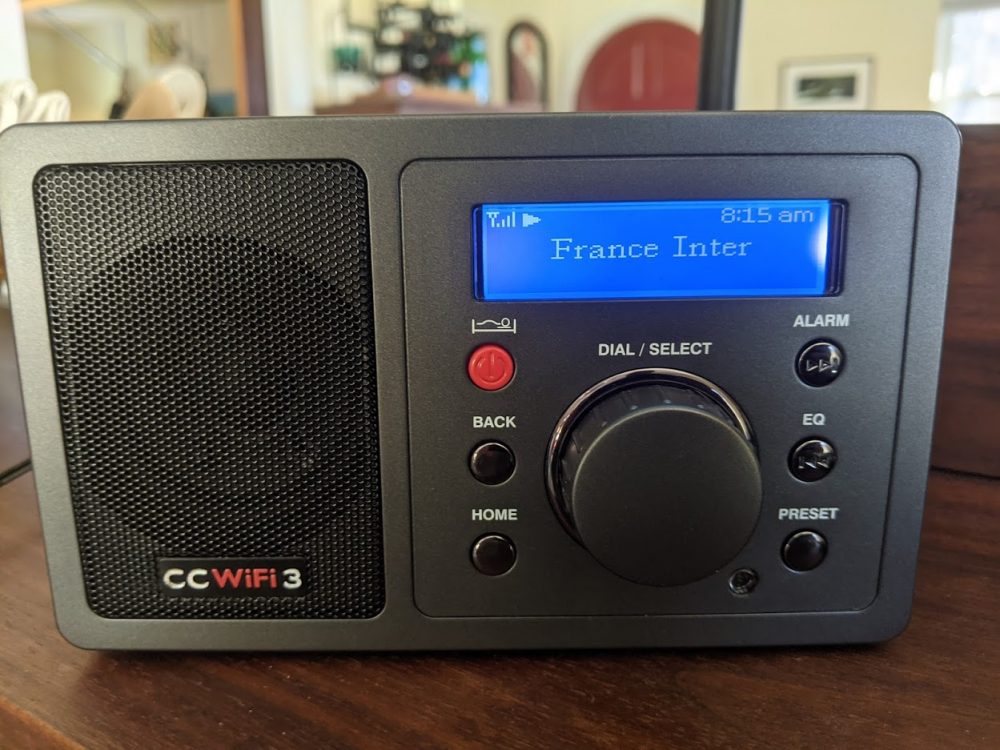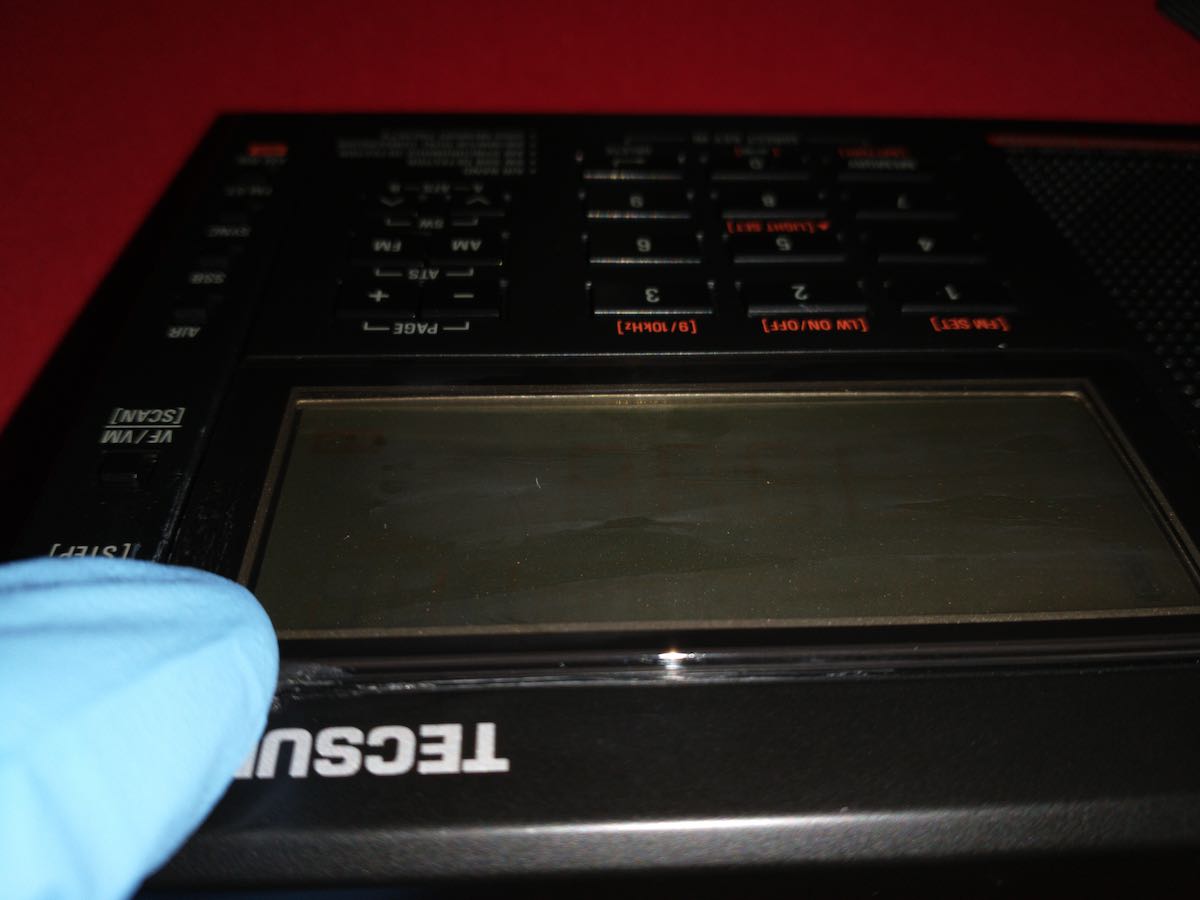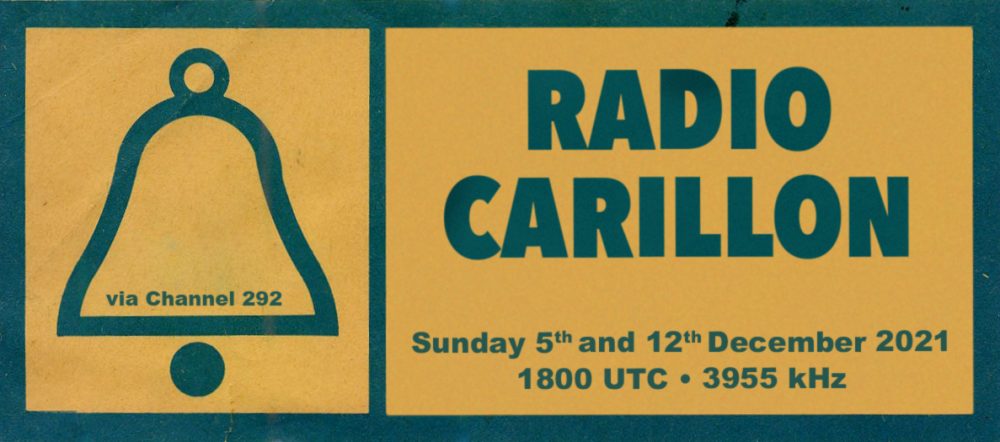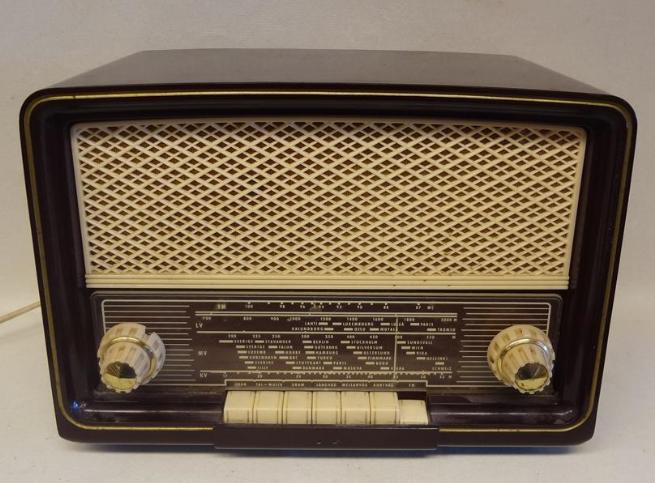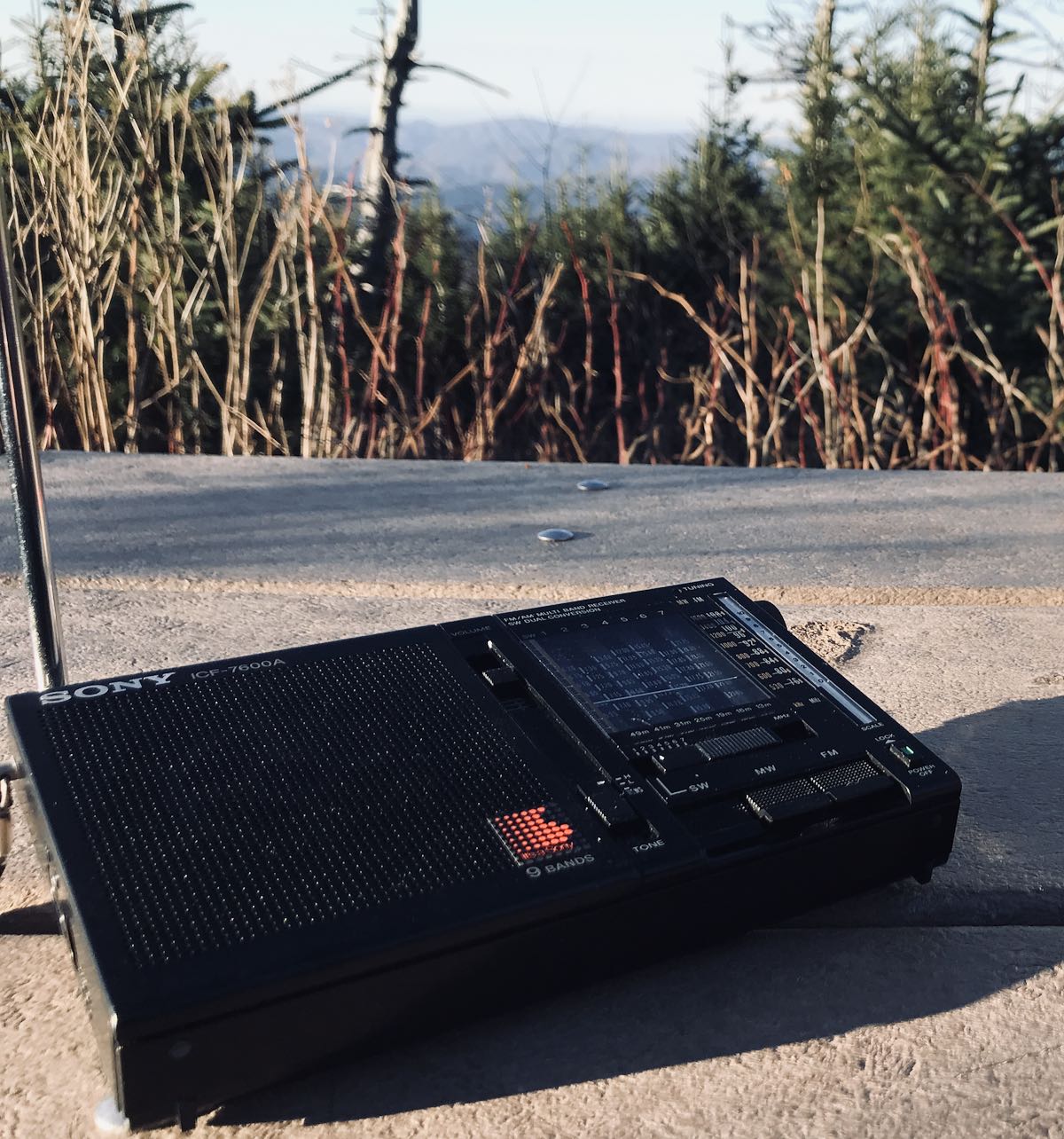 Many thanks to SWLing Post contributor, T.D. Walker, who writes:
Many thanks to SWLing Post contributor, T.D. Walker, who writes:
Greetings, Thomas. I’m writing to let you know about a program for shortwave radio I’m curating, Postcard Panorama, which is scheduled to air beginning January 2022.
Postcard Panorama is a listener mailbag program with a twist. We’re collecting postcard-size stories from radio enthusiasts for broadcast over shortwave radio. Rather than focusing on a particular broadcaster or program, though, we’re grouping the stories together by theme.
My aim for the program is to find common threads between stories and create a show that connects a diffuse and dedicated audience around the world.
Our first theme is “In with the New.” We’d love to hear your radio origin stories, as listeners, broadcasters, or technophiles. Tell us who got you involved or how are you getting others involved. What new technologies are you using? Or new-to-you tech? What new broadcasters or shows are you listening to? How has radio changed for you since you began listening?
Our themes can be interpreted broadly, so even if your anecdote might be tangential to the topic, send it in. Announcements for upcoming events and anniversaries of note are also welcome.
We’re fans of shortwave, but we’re happy to hear about anything radio related for the show.
Stories can be emailed to postcard@postcardpanorama.com Please keep your stories around 500 words, and include your name and location if you’d like that mentioned on air or online. As this will be a 15 minute show, not all submissions can be read on air, but we’ll archive them on the website as we can. Submissions for the January show must be emailed by December 15th.
For more information, please visit our website: https://www.postcardpanorama.com. You can find out more about upcoming themes on our site, as well as more about our other show, Short Waves / Short Poems.
Air dates, times, and frequencies will be posted on our website and to our email newsletter soon.
I appreciate your help spreading the word about Postcard Panorama!
Thank you,
T.D. Walker
Sounds like a fascinating shortwave project and nostalgia trip!
SWLing Post community: Let’s help fuel her project by sending our “postcard-size stories” to postcard@postcardpanorama.com. Check out the Postcard Panorama website for information on each theme!

